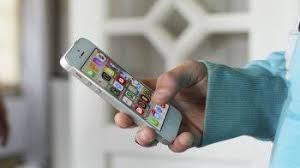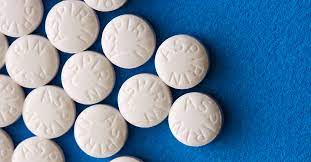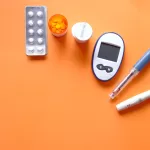February 6, 2025
Patients relying on smartphone apps to manage their diabetes may be unknowingly jeopardizing their health by missing crucial medical alerts, U.S. health officials have warned. The Food and Drug Administration (FDA) issued an urgent advisory on Wednesday, highlighting that patients using glucose monitoring systems and insulin pumps linked to their smartphones could experience severe health issues if they fail to receive critical notifications.
The FDA has received several reports of users failing to hear or acknowledge vital medical alerts sent by their apps. These notifications are crucial for regulating blood sugar levels and preventing dangerous spikes or dips. In some instances, this oversight has led to dangerously low blood sugar levels and even death.
“Even when devices are properly configured, certain phone settings or changes to hardware and software can disrupt their performance, leading to patient harm,” said Courtney Lias, a division director at the FDA’s device center. “We urge users to be vigilant and ensure their devices are functioning as intended.”
The warning comes as the use of wearable devices designed to track blood sugar levels or administer insulin continues to rise. Many of these devices now sync with smartphone apps for ease of use. However, the FDA cautions that changing phone settings—such as pausing notifications or connecting to new audio sources—could prevent patients from hearing critical alerts. For example, users might inadvertently miss an alert if their phone’s volume is lowered after connecting to a car stereo or Bluetooth headphones.
Diabetes is a chronic condition affecting nearly 37 million Americans, with individuals either not producing enough insulin or developing resistance to the hormone. Continuous glucose monitors (CGMs) and automated insulin pumps have become invaluable tools for managing blood sugar. These devices regularly send glucose readings to smartphones or smartwatches and can deliver insulin as needed. However, without proper alerting mechanisms, patients are left vulnerable to potential harm.
What Patients Should Do
The FDA offers several recommendations to ensure that diabetes monitoring apps and devices function properly:
- Disable automatic updates on your smartphone until you’ve verified that the new operating system is compatible with your diabetes app.
- Confirm alert functionality after connecting to new accessories, such as Bluetooth headphones, to ensure that notifications can still be heard clearly.
- Monthly checks of notification settings to ensure nothing has inadvertently changed.
Regulation and Oversight
While the FDA regulates some health app features, it does not oversee the majority of health apps available on smartphones. The agency mainly enforces safety standards for apps that perform medical functions, such as monitoring heart rhythms or other critical health metrics. The vast majority of apps—such as those for tracking calories or improving mental health—do not require FDA approval due to their minimal risk to consumers.
The FDA stated that it is working with manufacturers to ensure that the alert configurations on their devices are carefully evaluated before they are used by patients.
Disclaimer: The information in this article is intended for informational purposes only and is not a substitute for professional medical advice, diagnosis, or treatment. Always seek the advice of your physician or another qualified healthcare provider with any questions you may have regarding a medical condition or the use of medical devices.











